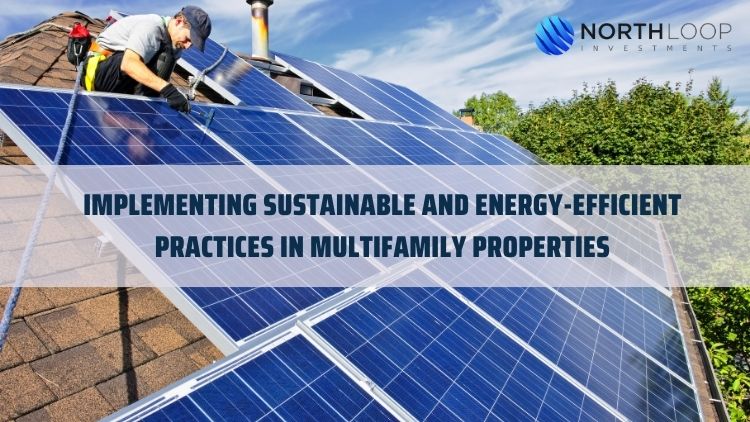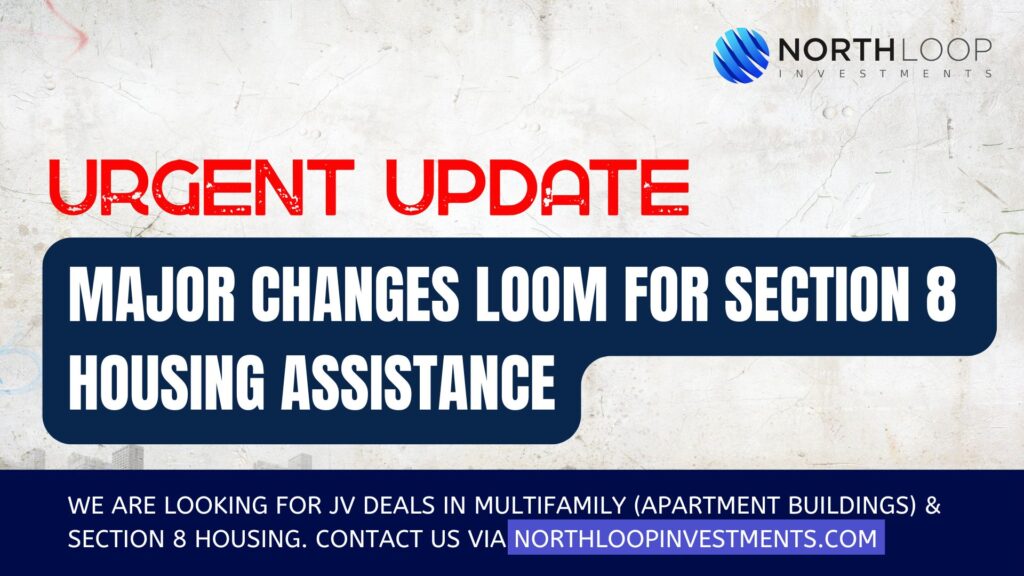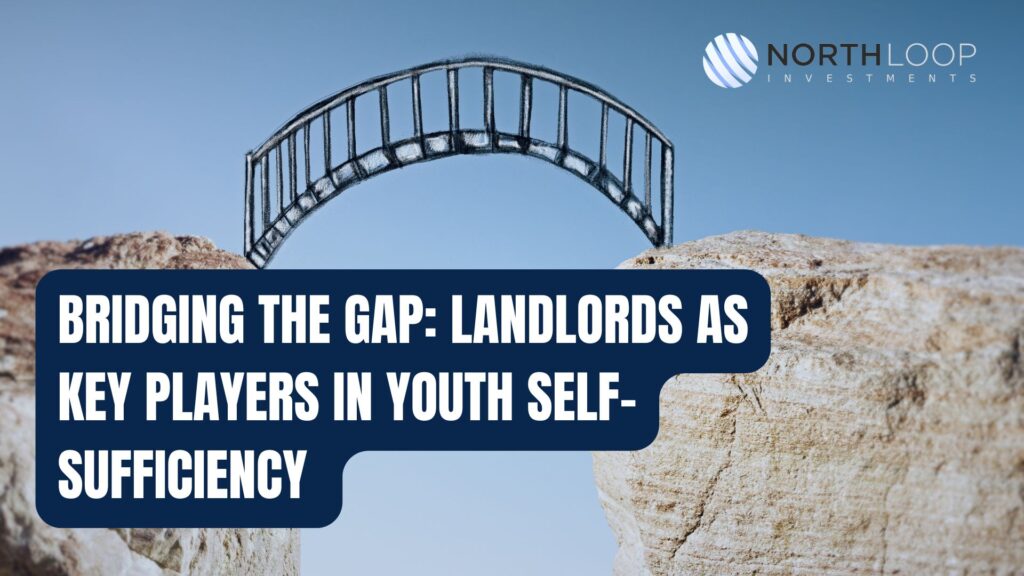Implementing sustainable and energy-efficient practices in multifamily properties not only benefits the environment but also offers long-term cost savings and enhances tenant satisfaction. By incorporating energy-efficient technologies, utilizing renewable resources, and adopting sustainable practices, property owners can reduce their carbon footprint while creating a more desirable living environment. In this article, we will explore the importance of sustainability in multifamily properties, supported by data, research, and real-life examples.
1. Energy-Efficient Appliances and Lighting
Replacing outdated appliances and lighting fixtures with energy-efficient alternatives can significantly reduce energy consumption in multifamily properties. Energy Star-rated appliances and LED lighting not only consume less electricity but also have longer lifespans, reducing maintenance costs. Here are some benefits of energy-efficient appliances:
Data Analysis: Studies have shown that energy-efficient appliances can reduce energy consumption by up to 30%, resulting in substantial savings on utility bills for both property owners and tenants.
Case in Point: A property owner installed Energy Star-certified appliances in their multifamily units and experienced a 25% decrease in energy costs, resulting in significant annual savings.
2. Smart Thermostats and Energy Management Systems
Installing smart thermostats and energy management systems allows for precise control over heating, cooling, and energy usage. These technologies provide real-time data and enable remote management, optimizing energy consumption based on occupancy and time schedules. Key benefits include:
Research Output: Properties that implemented smart thermostats and energy management systems observed an average reduction of 10% to 20% in energy consumption, leading to lower utility costs and increased energy efficiency.
Case Example: A multifamily property owner installed smart thermostats in their units, allowing tenants to control their HVAC systems remotely. This resulted in a 15% reduction in energy usage, contributing to lower utility costs and improved tenant satisfaction.
3. Renewable Energy Sources
Incorporating renewable energy sources, such as solar panels or wind turbines, can generate clean and sustainable electricity for multifamily properties. Here are some advantages of renewable energy:
Analysis: Properties that utilized renewable energy sources achieved an average reduction of 40% to 50% in energy costs, resulting in significant savings over time and a reduced reliance on fossil fuels.
Case in Point: A property owner installed solar panels on the rooftop of their multifamily property. As a result, they experienced a 45% decrease in electricity costs and a 30% decrease in greenhouse gas emissions.
4. Water Conservation Strategies
Implementing water conservation strategies is essential for sustainable multifamily property management. By reducing water consumption, property owners can conserve resources and lower water bills. Here are some effective water conservation practices:
Case Example: A property owner installed low-flow faucets, showerheads, and toilets in their multifamily units. This resulted in a 20% reduction in water usage, leading to substantial savings on water bills and a more eco-friendly property.
5. Waste Management and Recycling Programs
Establishing waste management and recycling programs within multifamily properties promotes responsible waste disposal and reduces landfill waste. Here are some benefits of effective waste management practices:
Data Analysis: Properties that implemented waste management and recycling programs achieved an average waste diversion rate of 50% or higher, significantly reducing the amount of waste sent to landfills.
Case in Point: A property owner implemented a comprehensive recycling program in their multifamily property, resulting in a waste diversion rate of 60%. This not only reduced landfill waste but also improved the property’s overall environmental sustainability.
6. Green Spaces and Sustainable Landscaping
Creating green spaces and incorporating sustainable landscaping practices within multifamily properties can enhance aesthetics, improve air quality, and conserve water. Here are some elements of sustainable landscaping:
Research Output: Properties with well-designed green spaces experienced increased tenant satisfaction and improved occupancy rates, resulting in higher rental income.
Case Example: A property owner transformed a barren area of their multifamily property into a vibrant green space with native plants and efficient irrigation systems. This led to a 15% increase in tenant satisfaction and a higher renewal rate.
Conclusion
Implementing sustainable and energy-efficient practices in multifamily properties is not only beneficial for the environment but also for property owners and tenants. By incorporating energy-efficient appliances, utilizing smart technologies, adopting renewable energy sources, and implementing sustainable practices, property owners can reduce their carbon footprint, lower utility costs, and create a more desirable living environment. Prioritizing sustainability ensures a greener future while providing long-term cost savings and enhanced tenant satisfaction.








